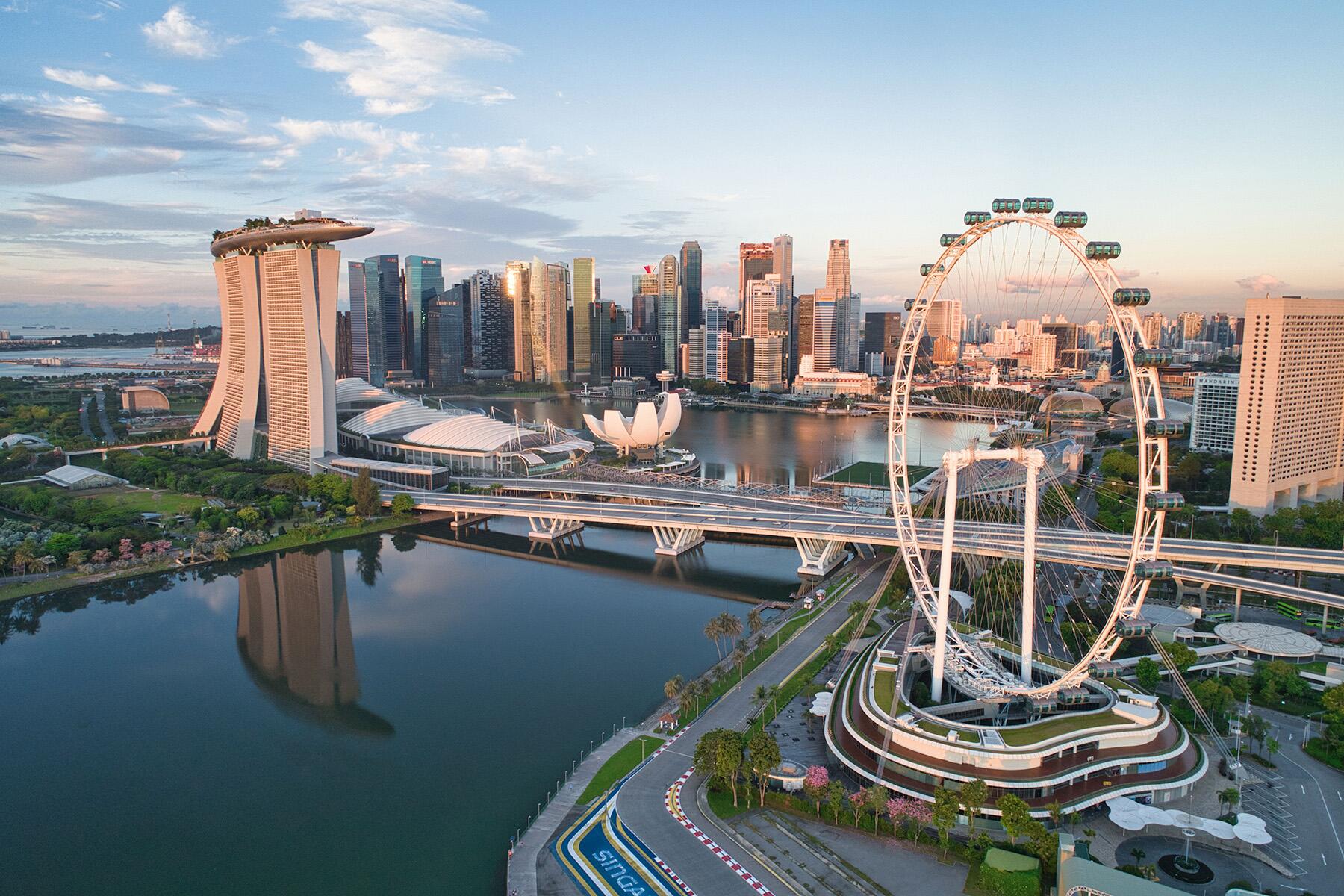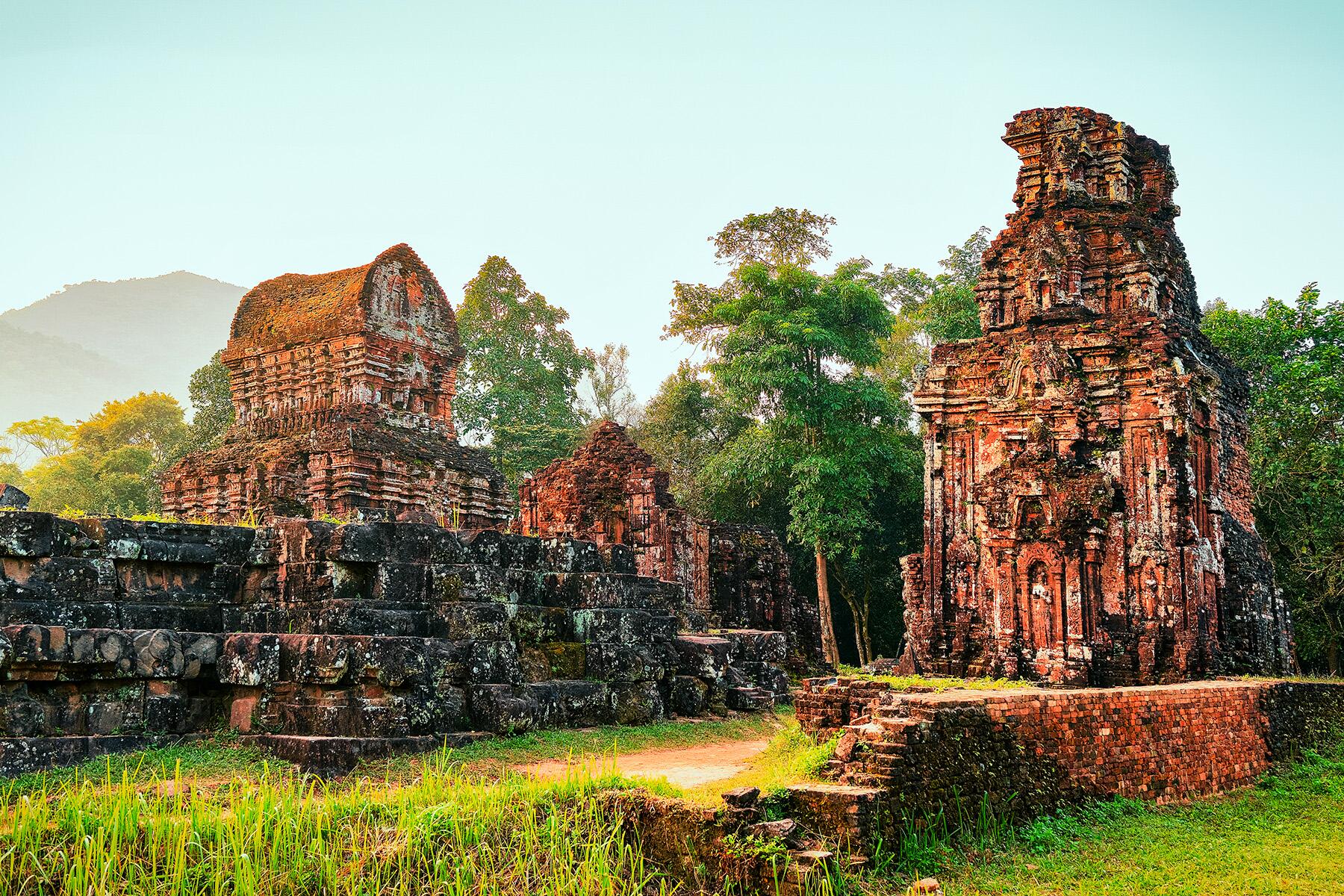
Beijing, Tokyo, Hong Kong, Hanoi, Delhi—these are the cities that first-time travelers to Asia flock to, and with good reason. But for those looking to venture away from the tourist hot spots, Asia offers numerous, less-visited “second cities” that promise authentic experiences away from the throngs. While not all of our picks are true second cities in the traditional sense, each one is a bustling metropolis with a thriving cultural scene that deserves to be experienced firsthand. From the pristine beaches of Da Nang to the striking architecture of Jaipur, here are 10 Asian cities you shouldn’t overlook.
by Abbey Chase

Kunming, China
Known as the “City of Eternal Spring” due to its near-tropical climate, the capital of the Yunnan Province isn't even one of the 15 largest cities in the country, despite its population of nearly 6.5 million. The refreshingly pollution-free Kunming is home to a bevy of important cultural sites, including the 1,200-year-old Buddhist Yuantong Temple (as well as many other temples), several museums including the Yunnan Provincial Museum, the historic Guandu Old Town, sprawling shopping districts, Green Lake Park and countless purveyors of the region's many culinary delicacies—try 1910 La Gare du Sud and Tusheng Shiguan for authentic Yunnan cuisine. If you're looking to get outside the city, head to the Stone Forest, a stunning collection of limestone formations, about two hours away.
Where to Stay: Excellent views and stellar service greet guests of the Wyndham Grand Plaza Royale, while the Lost Garden Guesthouse near Green Lake offers a more affordable, yet luxurious experience.
PLAN YOUR TRIP: Visit Fodor's Kunming Guide
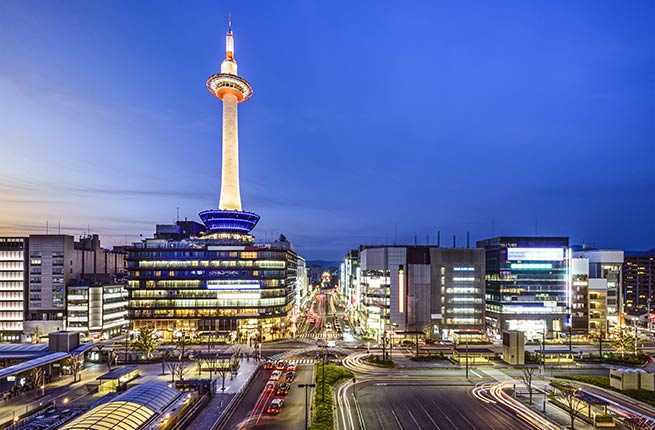
Kyoto, Japan
The capital of Japan from 794 to 1868, Kyoto offers up a stunning juxtaposition of history and ultra-modernity. Seventeen distinct sites in Kyoto and the surrounding area are inscribed as UNESCO World Heritage Sites and include temples, a castle, and Japanese gardens. As the center of Japanese culture for a thousand years, Kyoto is still the place to see many authentic crafts, as well as several imperial palaces and ancient public baths. The Japan National Tourism Organization has created excellent self-guided Kyoto Walks maps, perfect for orienting yourself in the city. While many people come to see the cherry blossoms in the spring, the plum blossom season, beginning in February, is an equally beautiful spectacle. Traditional, minimalist Kyoto cooking is best enjoyed at Kikunoi and Giro Giro Hitoshina.
Where to Stay: Tawaraya has hosted a long list of dignitaries and celebrities over the years, and Hotel Granvia Kyoto's central location is hard to top.
PLAN YOUR TRIP: Visit Fodor's Kyoto Guide
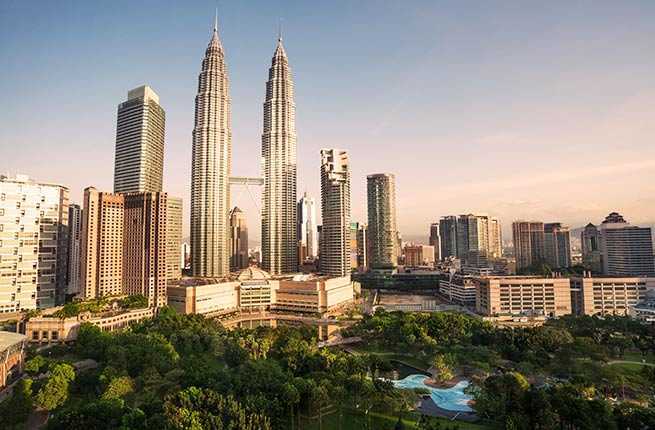
Kuala Lumpur, Malaysia
Though it is the capital and largest city in Malaysia, Kuala Lumpur is an oft-overlooked destination in Southeast Asia. Because the city is relatively new (it was founded in 1857), historic sites are few and far between and the best way to see the city is simply to wander around. Chinatown is a particularly interesting area for meandering and the Thean Hou Temple stands as a monument to the Malaysian Chinese community. The skyline is dominated by the Petronas Twin Towers, a marvel of modern architecture and the city's premiere tourist attraction. Visitors to KL will be pleased to find how surprisingly affordable the city is, as the astonishingly lavish shopping malls and top-notch hotels and restaurants are a steal. For a quiet respite in the middle of the city, head to the 227-ace Lake Gardens.
Where to Stay: The Mandarin Oriental Kuala Lumpur has a prime location between the Petronas Twin Towers, but is not the most affordable option. The boutique-y Hotel Maya offers more economical luxury.
PLAN YOUR TRIP: Visit Fodor's Kuala Lumpur Guide

Busan, South Korea
A sprawling stretch of white sand, cerulean waters, and a warm, almost tropical climate are not things often associated with South Korea, but Busan brings together the best of a laidback Caribbean beach vacation with the Korea's modern sophistication. The quiet Beomeosa Temple is a peaceful retreat very close to the city and Yonggungsa is a rare example of a seaside temple. Busan boasts several museums, but is best known for its hot springs, nature preserves, winding hiking trails, and other outdoor diversions. Though it doesn't garner the same prestige as other events, the Busan International Film Festival in October is a particularly glamorous affair, showcasing both international and Korean film. Because of its seaside location, the cuisine in Busan features more seafood than in other parts of Korea, and visitors should take advantage of the opportunity to sample the freshly caught delicacies.
Where to Stay: Though not in the heart of the city, the Park Hyatt Busan makes the most of its seaside location and offers all the amenities of a world-class resort.
PLAN YOUR TRIP: Visit Fodor's Busan Guide
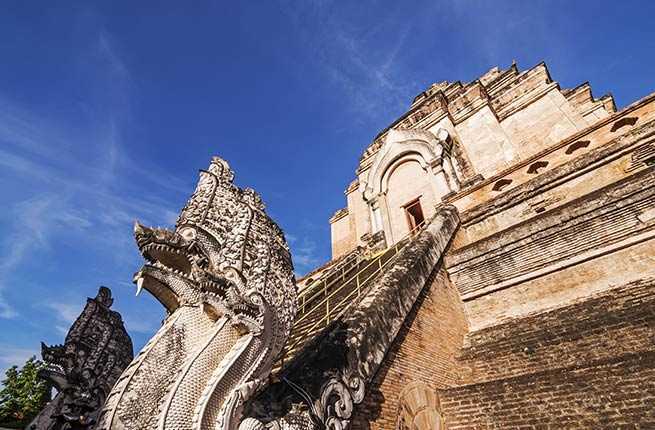
Chiang Mai, Thailand
For a taste of authentic Thai history without the raucousness of Bangkok, head to the northern city of Chiang Mai. Founded more than 700 years ago, the city of just 150,000 is home to an impressive collection of temples that date back as far as the city itself, found within the historic walled city. Wat Chiang Man is the oldest royal temple in Chiang Mai, though there are several other important religious sites in the city environs as well. The Chiang Mai City Arts & Cultural Centre recounts the history of the city with all the bells and whistles of a fully modernized museum. If you're looking to get outside of town, motorcycle tours, rafting, rainforest canopy walks, and river cruises are all available in the area.
Where to Stay: The Chedi offers the ultimate in luxury lodging, while Gap's House is a great options for those looking to stay in the city center.
PLAN YOUR TRIP: Visit Fodor's Chiang Mai Guide
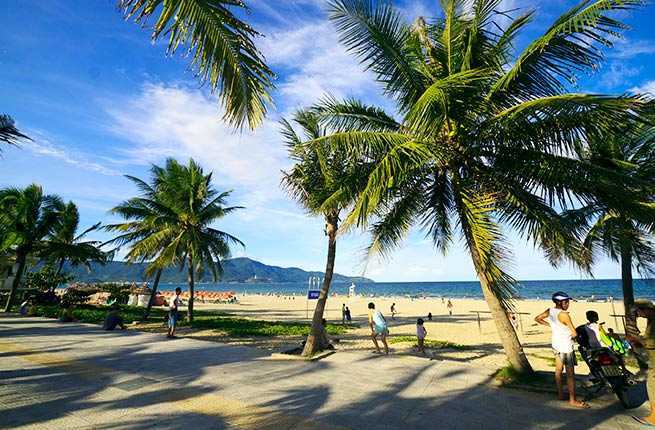
Da Nang, Vietnam
Located midway between Hanoi and Ho Chi Minh City along the coast of the South China Sea, Da Nang is a fitting mix of the country's two metropolises. A laidback environment coupled with important cultural markers (Hindu, French, Chinese, and American influences can all be seen in the city's architecture) make Da Nang an appealing destination for travelers looking to explore the country without getting lost in the chaos of Vietnam's larger cities. When not relaxing on one of the pristine beaches, explore the ruins of fourth-century Da Nang (a UNESCO World Heritage Site) or head to the nearby Marble Mountains, cartoon-like limestone rock formations dotted with Buddhist temples and pagodas. Vietnam is famous for its street food, though making sense of the overwhelming display can be a bit of a challenge. Eat your way through town with the help of an in-the-know guide or for a more luxurious experience, splurge at the ultra-romantic La Maison 1888.
Where to Stay: With daily shuttles to Hoi An and the Da Nang city center and a prime beach location, the InterContinental Danang Sun Peninsula Resort gives guests the chance to kickback in a beautiful, remote location.
PLAN YOUR TRIP: Visit Fodor's Da Nang Guide

Jaipur, India
Meticulous planning and relatively well-developed infrastructure mark the Rajasthani capital as one of the country's best-planned cities, and like the rest of India, Jaipur is undergoing massive growth. But despite the development, the “Pink City” has retained its defining feature—the salmon-y, terracotta colored paint that adorns many of its buildings, initially used in 1876 as a gesture to welcome the Princes of Wales—as well as its historical and cultural charm. The Hindu-Muslim style Amber Fort, the former royal palace, sits in the heart of the old city, and a number of other royal residences and temples can be seen in Jaipur and the surrounding area. The city is also home to the Anokhi Museum, detailing the history of textile production in the region (the gift shop is excellent). While in Rajasthan, be sure to visit the Ranthambhore National Park for a chance to see a wild tiger.
Where to Stay: The stately Samode Haveli is steeped in character (the hotel was originally built for a prime minister of the royal court), while the conveniently located Alsisar Haveli provides an elegant, laidback atmosphere.
PLAN YOUR TRIP: Visit Fodor's Jaipur Guide

Chengdu, China
At first glance, Chengdu appears to have lost much of its historical origins, as modern developments dominate the city landscape, but despite the recent infrastructure, this enormous city of 14 million doesn't lack in history or culture. Get your bearings on the city with a visit to the Riverview Pavilion Park, a bamboo-wooded riverside vista that affords excellent views of the Fu River. Kuanzhaixiangzi and the Tibetan Quarter are both excellent neighborhoods for leisurely strolling and a cup of tea. Travelers looking to mix with the locals should head to the always vibrant People's Park, where you're see to see a line-up of eclectic characters singing, dancing, painting, and enjoying the outdoors. Mingle with the expat crowd at the cafe-cum-bookshop Bookworm and indulge in the excellent cooking the city has to offer, as Chengdu is the epicenter of Sichuan cuisine.
Where to Stay: As can be expected of a Shangri-La property, the Chengdu outpost is the ultimate in luxury and sophistication. Those seeking more low-key accommodations should head to the Buddha Zen Hotel.
PLAN YOUR TRIP: Visit Fodor's Chengdu Guide
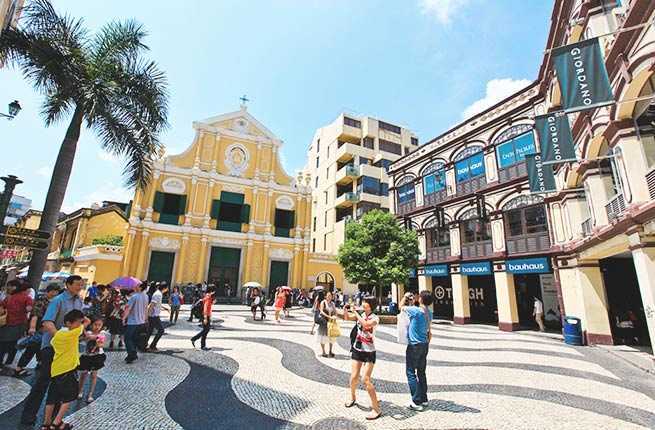
Macau
On the other side of the Pearl River estuary from Hong Kong sits the former Portuguese colony of Macau. Independent only since 1999, the city prominently shows its colonial history and Macau is another city best understood by simply walking around. Portuguese churches stand alongside traditional Chinese temples and the Bodhisatta Avalokitesvara statue—a depiction of a Chinese deity that strongly resembles Western statutes of the Virgin Mary—perfectly illustrates the city's multicultural landscape. The historic center of Macau has been designated as a UNESCO World Heritage Site for its rich melding of Eastern and Western architectural styles. Today, the city is best known for its gambling scene, which generates more revenue than anywhere else in the world. To see Macau's original casino, head to the Casino Lisboa to try your luck or simply look around.
Where to Stay: The ultra-luxe MGM Macau puts you in the heart of the city's gambling scene, while the Altira offers a more removed location with stunning views.
PLAN YOUR TRIP: Visit Fodor's Macau Guide
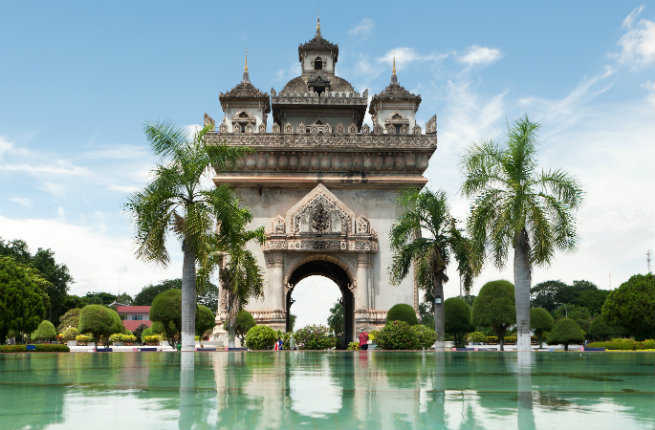
Vientiane, Laos
With its pleasant location along the Mekong River, manageable size, and proximity to other points of interest in the country, the Laotian capital stands as a pleasant antithesis to many of Asia's enormous capital cities. The Patuxai is perhaps the city's most recongizable landmark, Vientiane's interpretation of the Arc de Triomphe with a distinctly Buddhist design (the city was controlled by the French until 1953). Some small museums detail the history of the country, and several temples and stupas round out Vientiane's tourist highlights. Nearby nature preserves are perfect places for trekking, Laos's primary draw for foreigners, but don't leave town without exploring the silk and cotton stalls at the Morning Market. Nearly any kind of cuisine can be found in Vientiane, though the local specialties—noodle soups, Chinese donuts—are the things to order, best procured at one of the upscale, but unpretentious restaurants along the river.
Where to Stay: Fitting of a place with a small-city vibe and laidback atmosphere, the Ansara Hotel houses 12 quietly elegant rooms and one of the city's best restaurants.
PLAN YOUR TRIP: Visit Fodor's Laos Guide
